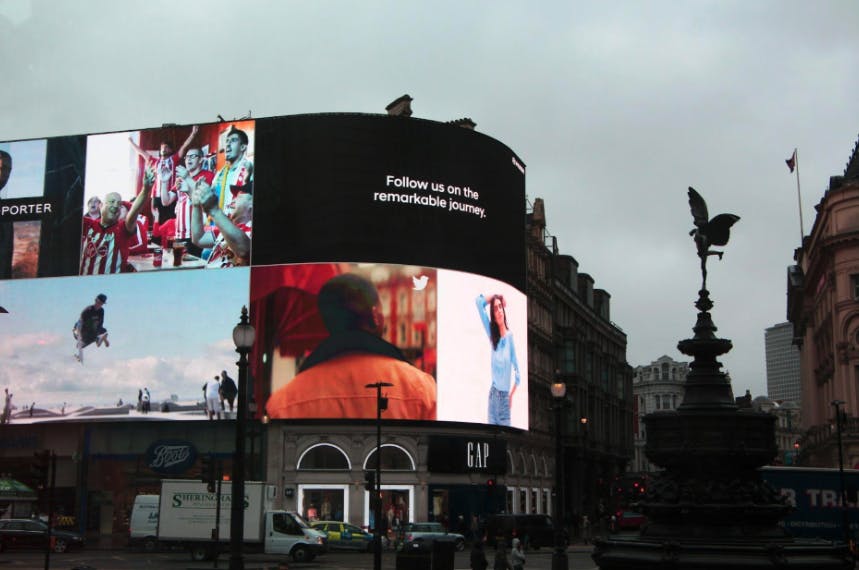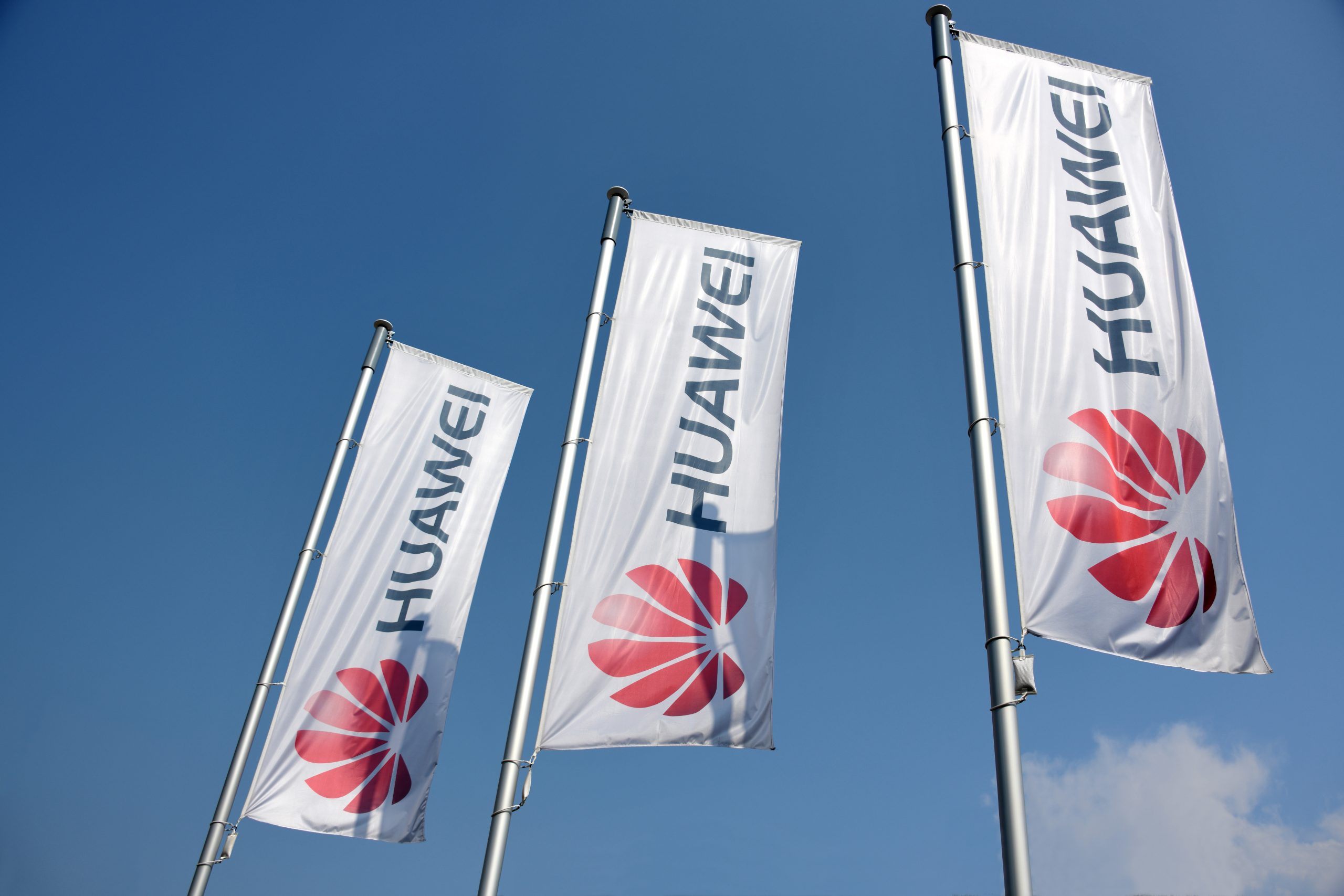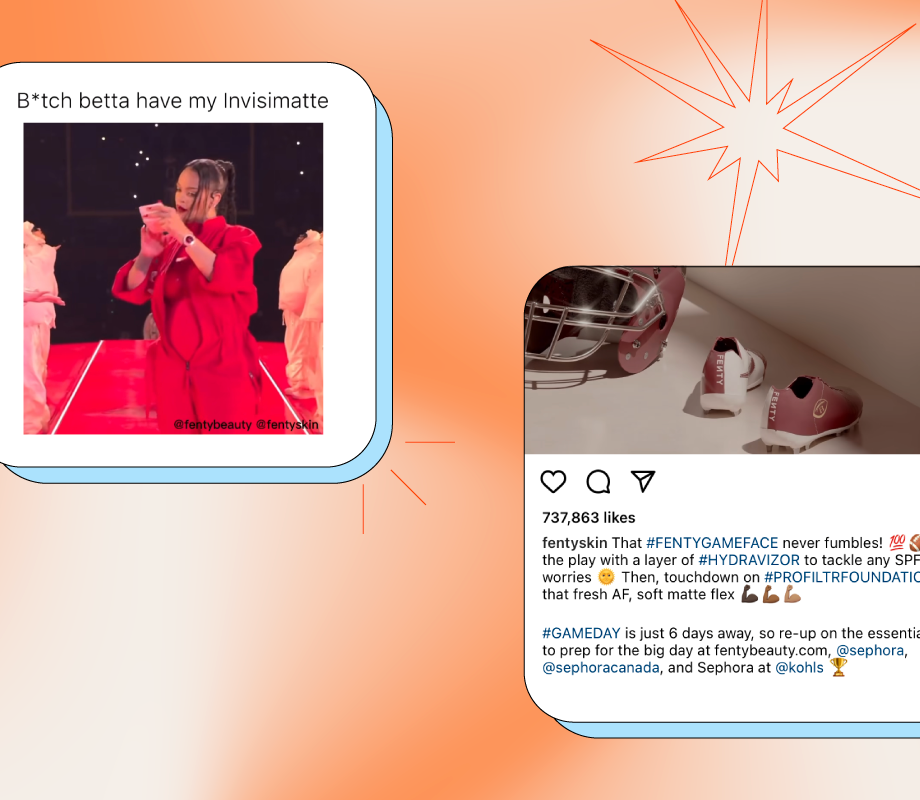Source
Brands are moving beyond clicks and surveys, turning to biofeedback to understand real-time consumer reactions. Luca Cian, a marketing expert and professor at the University of Virginia’s Darden School of Business in Charlottesville, explores how neuromarketing is shaping advertising strategy.
Once used mainly in health research, biofeedback now fuels neuromarketing, an emerging field blending neuroscience, psychology, and data science. By measuring physical responses like heart rate, sweat, and eye movement, advertisers gain insight into what captures attention.
These cues reveal which visuals, sounds, and stories engage or repel viewers. The data shapes decisions on ad length, color, music, and timing. As more companies adopt this approach, they refine content for deeper impact while navigating evolving concerns around privacy and data ethics.
Understanding Biofeedback and Neuromarketing
Biofeedback captures the body’s automatic responses to external cues. Unlike self-reports or surveys, biofeedback records what people actually feel, not what they say. It measures signals like skin conductance, heart rate, and facial muscle movement to build a real-time emotional map. This allows marketers to spot spikes in excitement, confusion, or boredom as consumers view ads.
Neuromarketing uses these biological markers to draw links between ad content and buyer action. It translates human physiology into marketing insights. Brands use this information to figure out which creative elements catch the eye or stir emotion. For example, advertisers can see which scenes make viewers smile or frown, which taglines trigger stress, or which products feel rewarding just by monitoring brainwaves and body signals.
Three key methods, eye-tracking, facial coding, and galvanic skin response, let marketers move beyond guesswork by measuring where people look, how they express emotion, and when skin moisture signals excitement or anxiety.
Modern tools make real-time response tracking possible. EEG caps record brainwave patterns, revealing ad moments that spark attention or frustration. fMRI scans go deeper, showing which brain areas react to humor, fear, or nostalgia, though it’s costly and limited to labs. Today’s wearable tech, such as headbands, smartwatches, and skin patches, gathers brain, heart, and sweat data outside clinical settings.
“As devices grow more portable and affordable, real-world testing expands,” says Luca Cian. “Brands can now track every sensory moment in an ad, spotting spikes in attention or dips in engagement.”
This creates a feedback loop between marketers and audiences, sharpening content to align with real emotional and cognitive responses.
Research shows that emotions often steer buying choices more than facts or logic. Scientists have long tracked how physical reactions signal a person’s engagement with content. Spikes in skin conductance or heart rate usually match moments of high excitement or stress during an ad. A jump in brainwave patterns may flag mental interest or even confusion.
One classic example comes from studies on Super Bowl commercials. Marketers found that the ads that sparked stronger skin and facial signals also led to bigger sales afterward. In another test, companies used eye-tracking and EEG to tweak car ads based on which scenes boosted attention and memory. Spots that matched emotional highs with clear branding often outperformed those that only listed product features.
Biofeedback can flag moments that prompt a purchase or a channel switch. Marketers now adjust scripts, music, and even visuals to match emotional peaks that best lead to action. A swell of music or a heartwarming story may raise skin conductance, pointing to the right spot for a call-to-action. Rather than trust a focus group’s memory, brands rely on direct, physical proof of impact.
Integrating Biofeedback into Advertising Strategy
“Drawing on biofeedback, creative teams now tailor content before spending millions on major campaigns,” notes Cian. “They may run a series of test ads, watching thousands of emotional reactions frame by frame.”
Ads that trigger boredom get cut. Spots that spark joy or curiosity get refined and pushed forward. Message testing often uses biofeedback to compare taglines, visuals, and brand names. A simple script change based on EEG or facial feedback can mean the difference between a memorable slogan and a forgettable phrase.
Creative teams use these findings to craft ads that connect quickly and stay in people’s minds. Media planners also use this data to decide where and when to place ads. Biofeedback pinpoints moments of peak engagement, helping marketers drop ads at the right second in a show or game.
This prevents money from being wasted on ads that run when viewers are distracted. Agencies now include biofeedback data in regular reviews. They spot what worked, drop what flopped, and adapt creative ideas with each campaign. This process helps brands keep up with fast-changing consumer moods and preferences.
Growing use of biofeedback in advertising raises concerns over where to draw the line between research and manipulation. Consent remains the most crucial principle. Companies must get clear approval from test subjects to collect biometric data. Using this data without transparent consent risks lawsuits and damages trust.
Some worry that neuromarketing can cross into persuading people beyond their conscious control. While emotional advertising has always existed, the depth of current analysis means brands can shape messages that bypass rational thought. Regulators watch this area closely, and advocacy groups call for clearer rules and audits.
Data security matters. Biometric signals like heartbeat, sweat, or brain waves carry personal information. If this data leaks or is sold, it can expose individuals to identity risks.
“Responsible brands invest in strong encryption, limit data sharing, and set strict access rules. Researchers build in anonymization where possible, stripping out personal details before storing or studying the signals,” says Cian.
Firms must also consider cultural expectations and sensitivities. What feels like smart customer focus in one country could cause public backlash in another. Transparency, regular audits, and open dialogue with consumers help prevent trust breakdowns and set best practices.
Biofeedback has changed how brands build, test, and launch advertising. By learning from real-time physical reactions, companies move beyond surface-level likes and surveys. They target the split-second emotions that shape decisions. Early studies show better recall, higher sales, and more efficient ad spending.
Still, this innovation brings new duties. Marketers must respect privacy, seek honest consent, and draw ethical boundaries. As techniques grow more subtle and smart, balancing creative power with responsibility becomes an everyday test.
Before using neuromarketing or biofeedback, brands should weigh the business value against risks to trust or reputation. Transparency, care for subjects, and smart limits remain key. When used well, biofeedback offers a clearer window into what truly moves people, helping brands and audiences find common ground.










